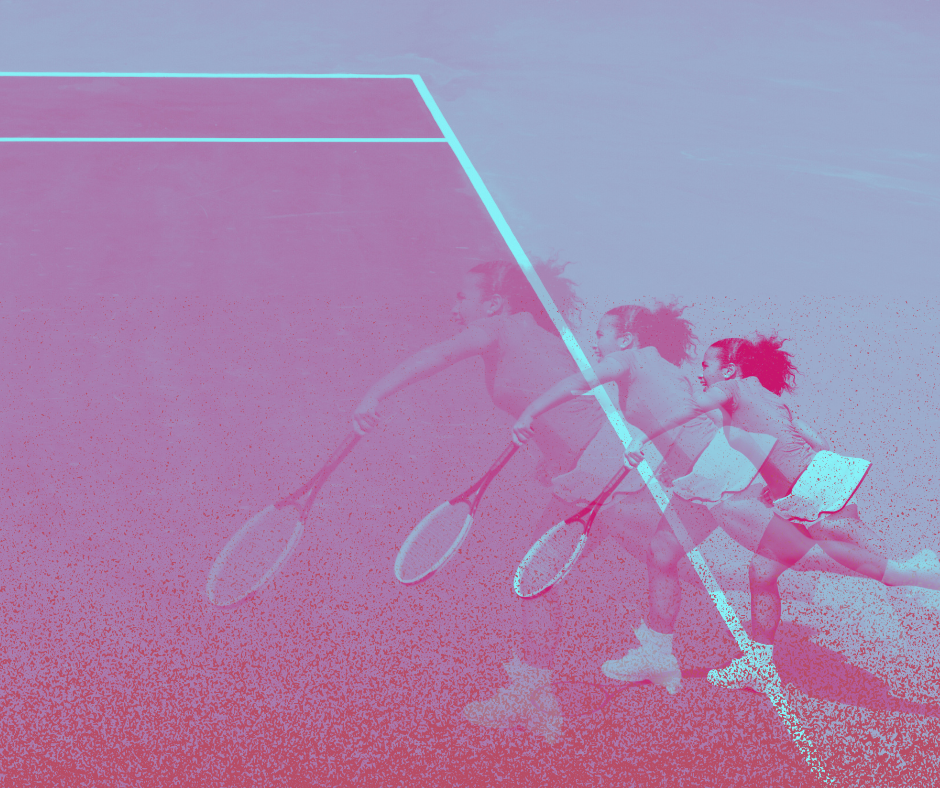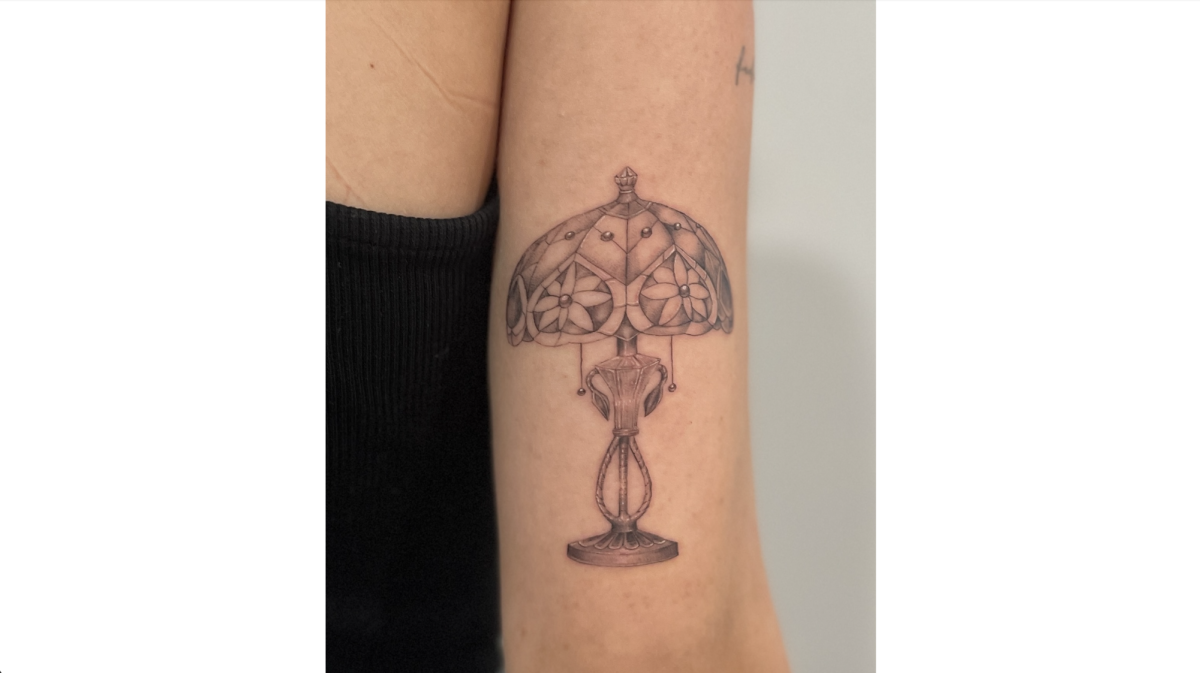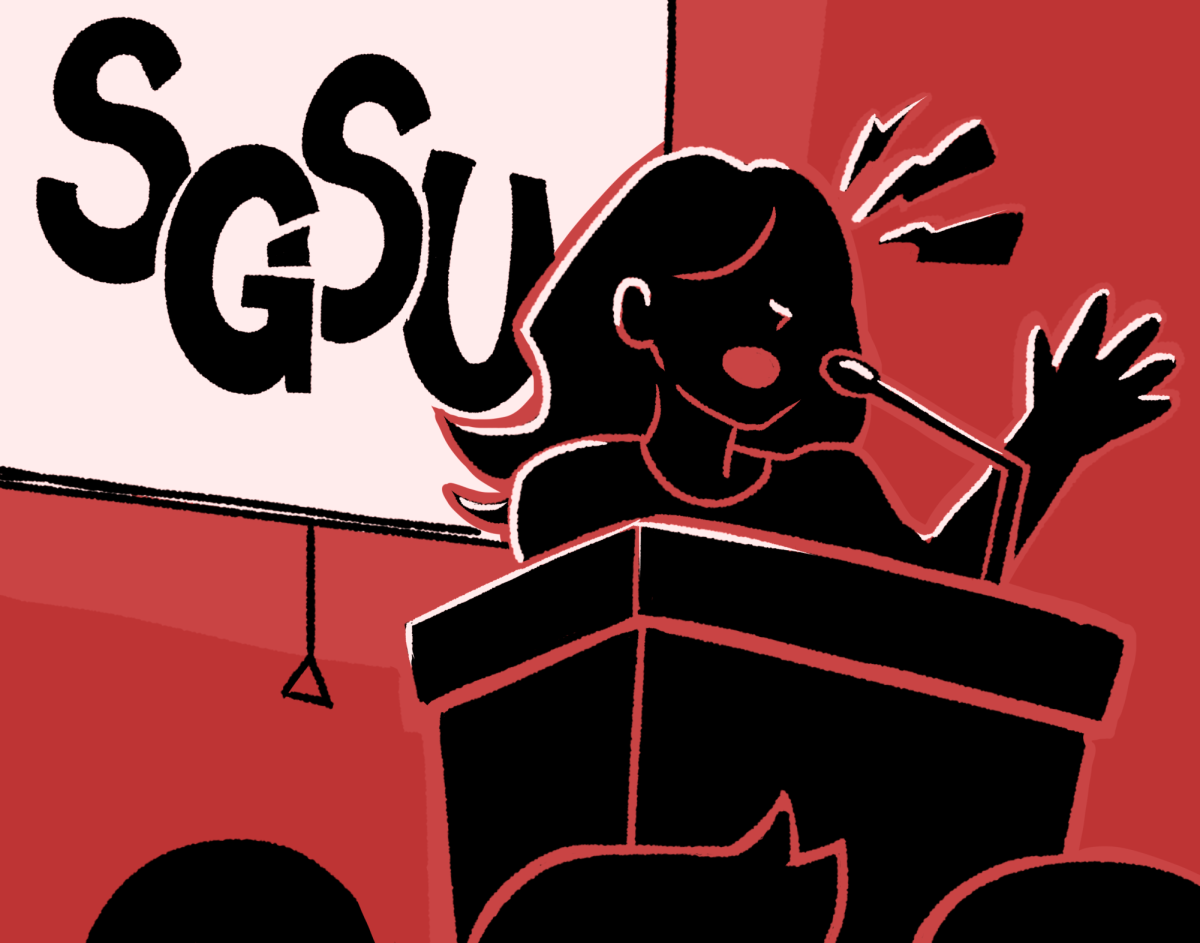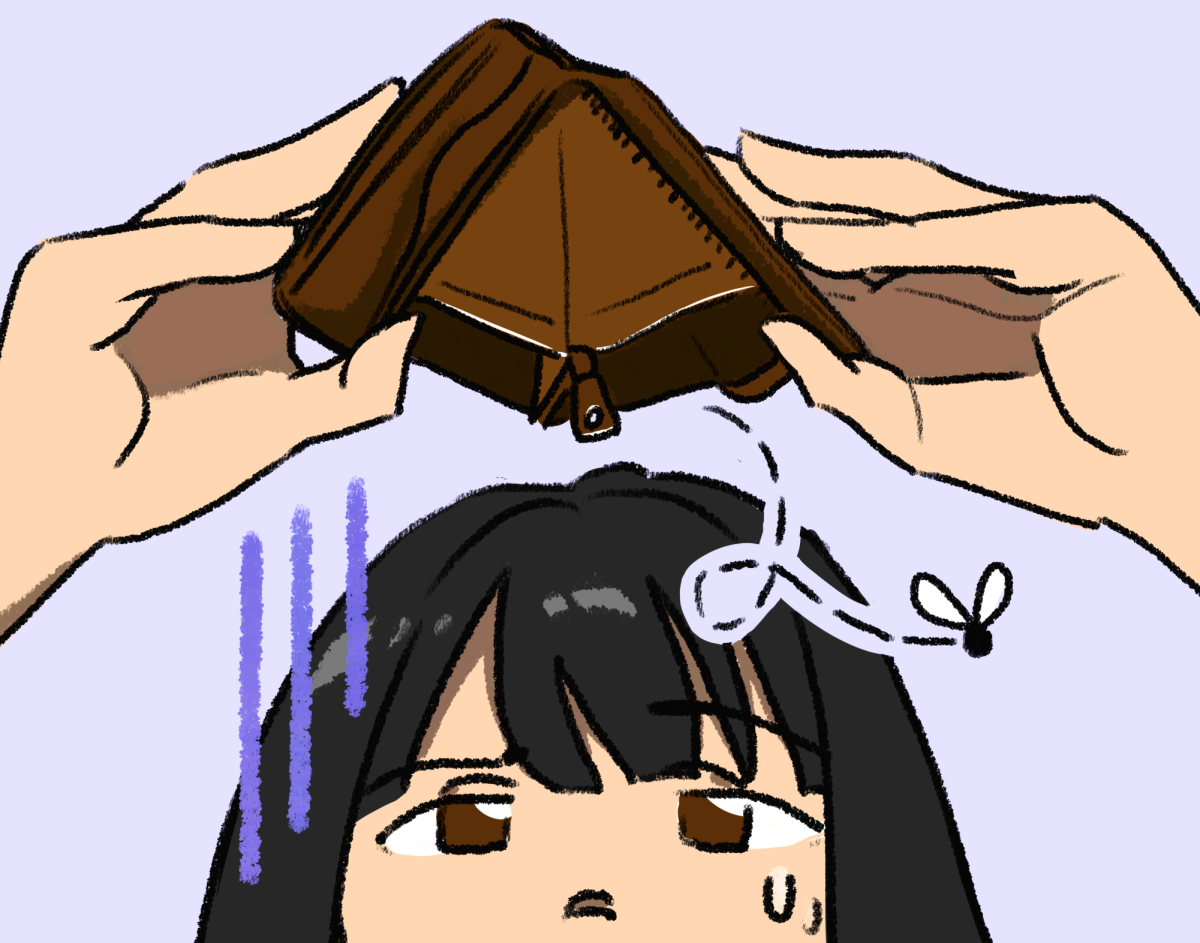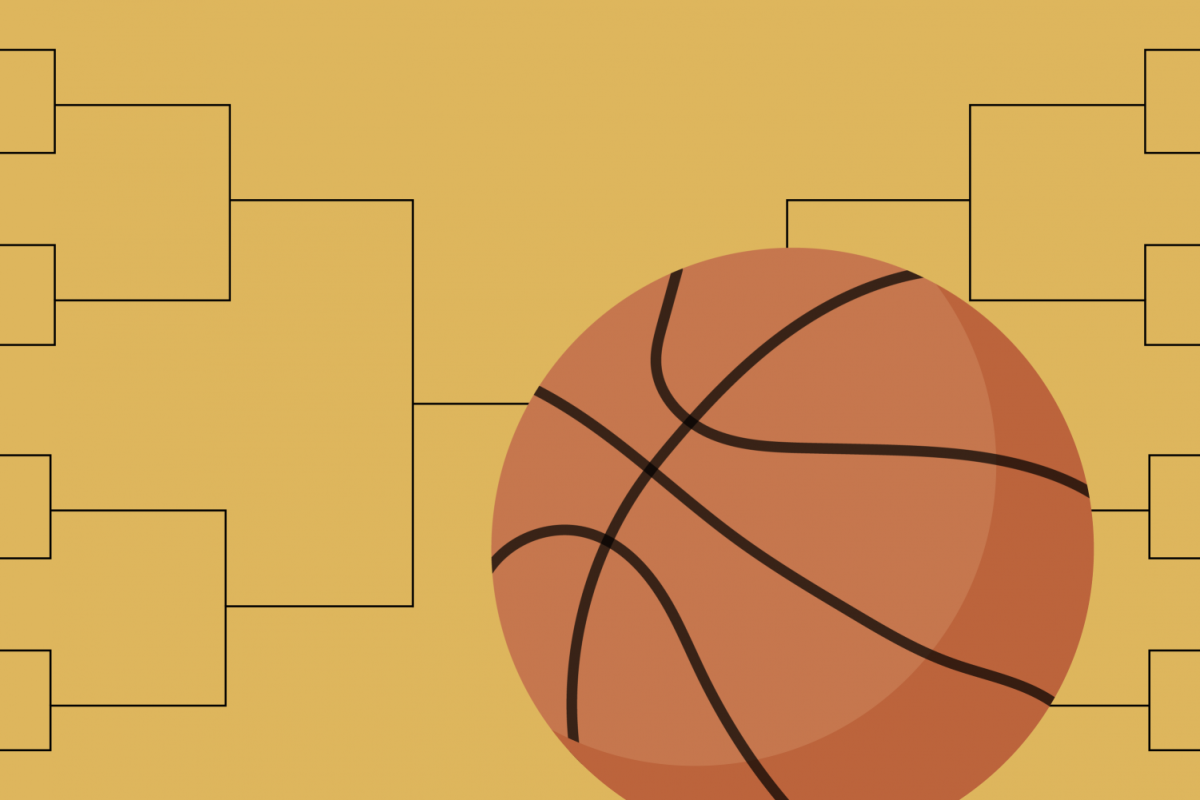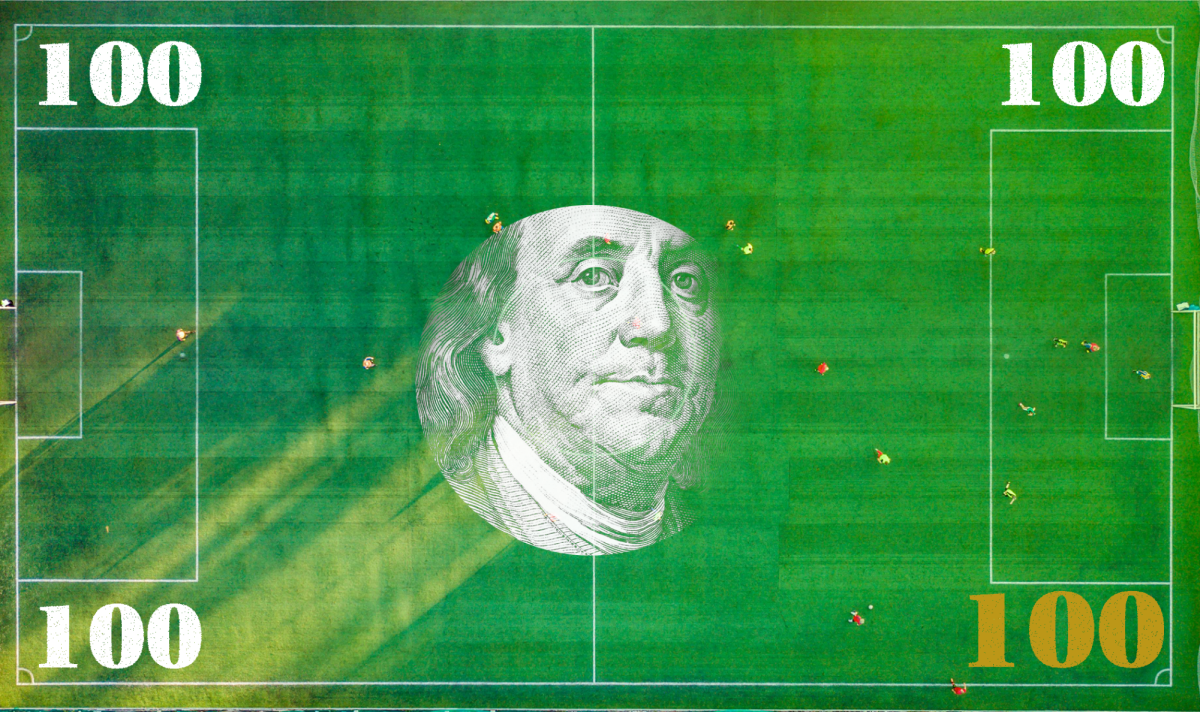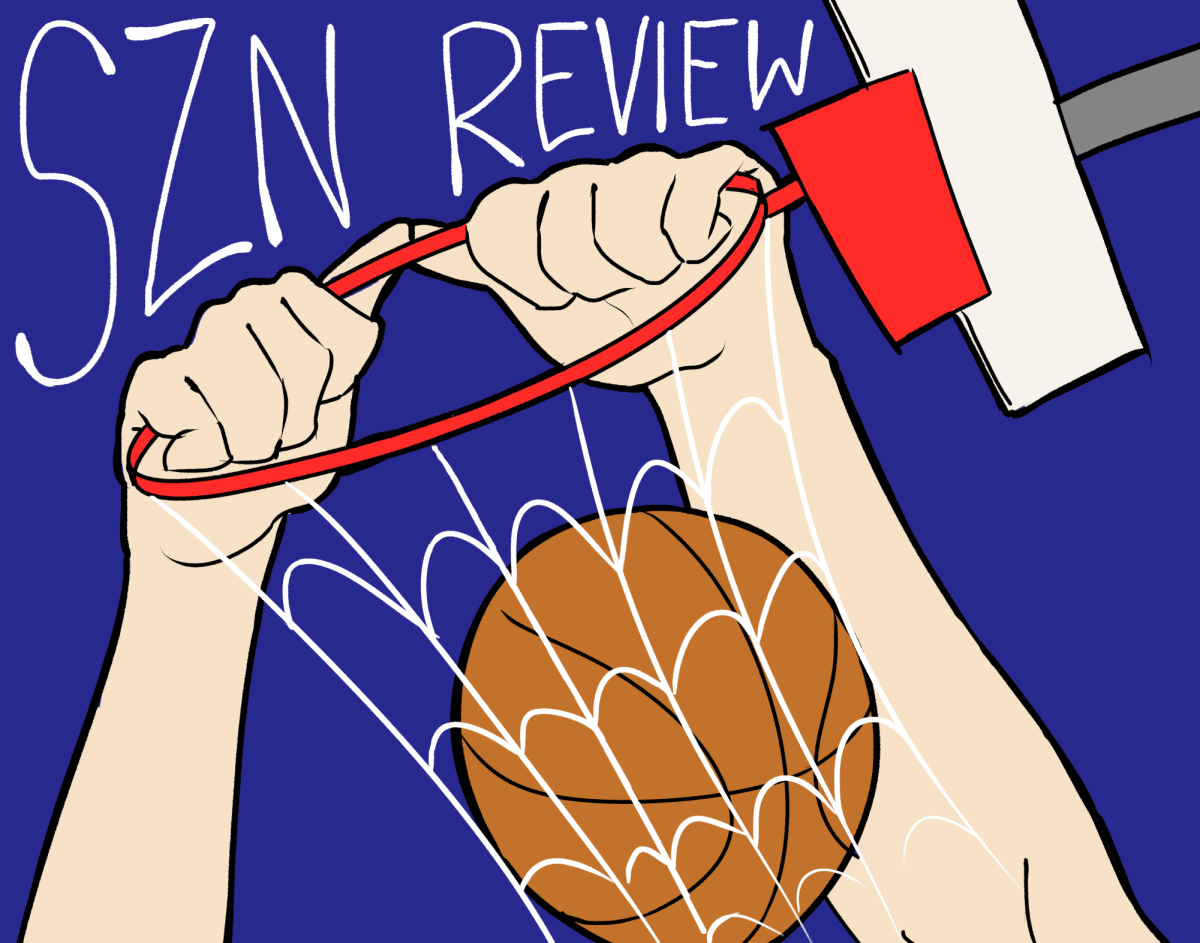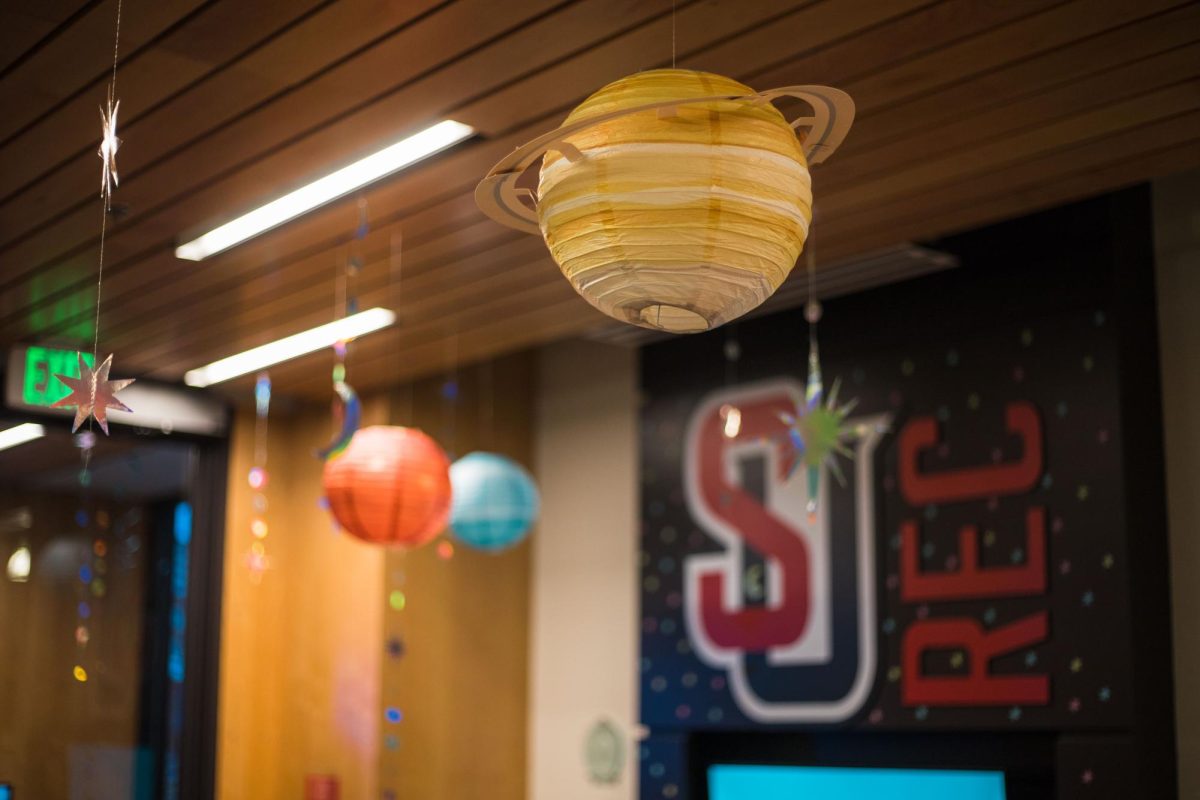Blackened eyes, broken fingers, and even a separated shoulder are all a part of the game for women’s club rugby president, Elizabeth Mather. In Mather’s four years of playing club rugby at Seattle University, acquiring injuries has become a familiar, and almost expected, part of rugby. However, what is not as familiar and expected, is receiving quick and sufficient care for her injuries.
Though Mather, who is a senior criminal justice major, represents and competes against other club teams under the Seattle U name, she has found that the resources to seek medical help from this institution are virtually non-existent.
“I knew that athletes could see their trainers,” said Mather, who went into the training room seeking treatment for a pulled muscle. “They asked if I was a club or D1 sport, I said club and they shot me down saying ‘No this [treatment] is not available for you. This is only available for D1 athletes who are on an actual sports team.’”
With nowhere to turn for help, Mather was forced to seek treatment from facilities outside the university.
Unfortunately, Mather’s case is just one of many. Division I athletes have accessibility to their own trainers when injured, whereas those who are part of sports clubs are often left with no trainers on campus willing to see them. This often leads to incorrect self-diagnosis and insufficient treatment of the injury.
“When it comes to health they expect us to take care of our own,” Mather said. “We do not have trainers to tape ankles or to tell you if you have a broken finger and how to treat it.”
Melissa Holzhauser, co-president of women’s club lacrosse and a senior marketing major, also feels that players are left on their own when it comes to health.
“From a standpoint of someone saying ‘I need ice after practice’ or ‘I got hurt at a game and they need to know when they can play again,’ we have none of those resources,” Holzhauser said. “We have practice on the astro-gym, and right across from us is the training room. If somebody bangs their knee up we can’t even go to that training room and ask for ice.”
In regards to why there are no sports trainers available for athletes like Mather and Holzhauser, Jason Behenna, the Athletic Communications Director at Seattle U, responded that this is just the way it is. There is no policy directly stating that trainers cannot treat sport club athletes, but as Behenna emphasized, trainers have neither the time nor the resources to treat club athletes.
Behenna continued to explain in an email statement to the Spectator that “the medical care of club sport athletes is not the responsibility of the athletic trainers hired by the athletics department. At almost every Division I school across the country, athletic trainers who treat varsity student-athletes are not responsible for the care of club or intramural sport athletes.”
Although these trainers are not responsible for sport clubs, there are club athletes who feel that the lack of medical attention has placed the responsibility of evaluating injures on the players themselves and their teammates.
“I think it is a safety issue in terms of club sport athletes who do not have that resource and are therefore trying to take care of themselves,” said president of men’s club crew and senior management major Matt Sneed. “These athletes may not have the background or experience to take care of these injuries and that could lead to more of them down the road.”
Throughout his four years of crew at Seattle U he has had multiple shoulder injuries and, like Mather, has found himself on his own for medical care.
However, he did not seek medical attention through the university. “I knew it was never an option available to me so I did not even bother,” Sneed said. This led to self-diagnosis and self-treatment of the many shoulder injuries he encountered.
The lack of support from the university is not only leading to further injury through misdiagnosis, but is also fostering animosity amongst athletes towards the university.
“It is pretty frustrating, especially with the rowing club,” said Sneed. “We train like any other Division I sport working six days a week, two hours a day. I think we train just as hard. It would be nice if the support was there.”
Javier Carregha, the vice president of men’s club soccer and a senior economics major, shares this frustration.
“UREC has been expecting a lot out of us this year, more so than previous years,” Carregha said. UREC implemented several new policies at the beginning of this school year. One of these new policies mandates that two people on the field must have CPR certification. While Carregha thinks this is reasonable, he believes that UREC should be reciprocating the effort given by the teams.
“But we have not seen UREC step it up. It makes sense to me that if you’re expecting more out of us, you should be doing more for us,” Carregha said.
While club athletes have expressed a need and want for trainers, hiring one is unrealistic. Kari Budnik, assistant director of UREC competitive sports, explained why hiring a trainer would not be possible at this time.
“To be a trainer you have to undergo schooling for it, so you have to have a bachelor’s degree then you have to pass a board certification. It’s an intense process. There’s no school in the area that has that program,” Budnik said. “I did, at one point, see if we could take someone from UW that passed the program and would like to work part-time for us, but it didn’t work out. The athletic programs in this area of the country don’t have a whole lot of resources.”
At Gonzaga University, located a few hours east of Seattle U in Spokane, Wash., club athletes face a similar problem. For most injuries, there is simply no athletic trainers available to administer treatment. One area Gonzaga out does Seattle U, however, is treating athletes with concussions. From the Gonzaga club athletics website (emphasis added):
“If a club member is suspected to have sustained a head injury or concussion during competition, play, practice or conditioning, the member must immediately be removed from all activity. Do not try to judge the severity of the injury yourself. Immediately refer the club member to the appropriate athletics medical staff, such as a certified athletic trainer or health care professional experienced in concussion evaluation and management…”
At Seattle U, club athletes have access to a brochure detailing the symptoms and warning signs of a concussion, and what to do if an athlete suspects he or she has a concussion. From the brochure (emphasis added):
“Ensure that the student athlete is evaluated right away by an appropriate health care professional. Do not try to judge the severity of the injury yourself.”
While both schools mention that students should not diagnose the severity of the injury themselves, Gonzaga specifically suggests sending the athlete to an athletic trainer, while Seattle U tells students to seek outside treatment by a professional.
Additionally, Budnik does not have the training to oversee an athletic trainer and UREC does not have the space to house an athletic trainer or enough work to employ a trainer
full time.
Budnik said that Matthew Bussman, head athletic trainer, had explained before that they have a limited number of athletic trainers on staff, and can barely keep up with their own athletes. He further emphasized that if they let one club athlete in for treatment they would have to let all of them in. As these athletic department trainers are already overbooked with D1 athletes, allowing club athletes access would not be possible.
This statement is very similar to what Behenna said. Both Behenna and Budnik also emphasized the distinctions between the Athletics Department and UREC, as they fall under different divisions and should not be confused as the same entity. UREC is associated with student services where athletics is its own department. This means that the two organizations are operated by different systems, showing a conflict of interest.
The question is not who is to blame for the lack of health resources available, but what is preventing these departments to fully meet the expectations of their athletes. UREC does not have the capability to hire a trainer because of limited space and availability and the athletic department is understaffed and overworked–a solution to this has gone beyond both entities. The bigger picture is to look past the two departments and focus on who is responsible for facilitating them.
“Everyone got squeezed for money last year; UREC got squeezed,” Holzhauser said. “It’s coming from the top and filtering all the way down.”
“I understand that UREC cannot be responsible for all of athletes that train under the SU name. But there should be an avenue for athletes that if they do get injured that they will not have to make a trip to the emergency room,” Mather said.
Mather has been a member of other club rugby teams that have third-party trainers.
“That is a possible avenue UREC could pursue. Especially a trainer for rugby because it is a very physical and violent sport. They could hire someone not affiliated with the school,”
said Mather.
Mason Norgard, president of the men’s soccer club and a senior biology major, said that “it would benefit our members to have trainers as a resource for clubs. For both short and long-term injuries.”
Carregha mirrored a similar view.
“It would be really nice if there were actual personal trainers dedicated to club sports, because club sports also represent Seattle U; maybe not to the extent that D1 athletes do, but they still have some impact on how other schools view us,” he said.
Whether their title be one that is under club or D1, student and club athletes deserve equal treatment as they are students who represent this institution when they play, like Carregha emphasized.
“Sport Clubs provide an outlet for stress and contribute to the physical health of the athletes” Norgard said. “They also develop leadership positions while
building a community.”
Sport Clubs are a valuable part of Seattle U. However, the requests these athletes make to help better themselves and their teams still have not been met. Whether trainers are provided to Sport Clubs is an issue that goes beyond the departments of UREC and Athletics, and is a decision that is now left for those above them.
Editor can be reached at [email protected]





